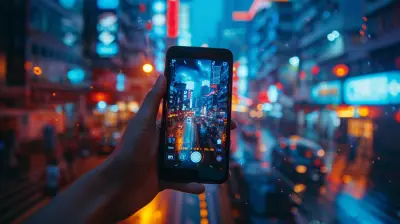Energy-Efficient Laptops: Power Without the Carbon Footprint
22 August 2025
In today’s fast-paced world, laptops have become an essential part of our daily lives. Whether you’re working from home, binge-watching your favorite series, or playing the latest video games, laptops make it all possible. But here’s a question: have you ever thought about how much energy your laptop is consuming? More importantly, have you thought about its environmental impact?
With climate change becoming an ever-pressing issue, people and companies alike are looking for ways to reduce their carbon footprints. One area that often gets overlooked is our tech. Energy-efficient laptops are stepping up to the plate, offering both power and sustainability. But what exactly makes a laptop energy-efficient, and why should you care? Let’s dive into this topic and uncover how you can get the best of both worlds—performance and eco-friendliness.
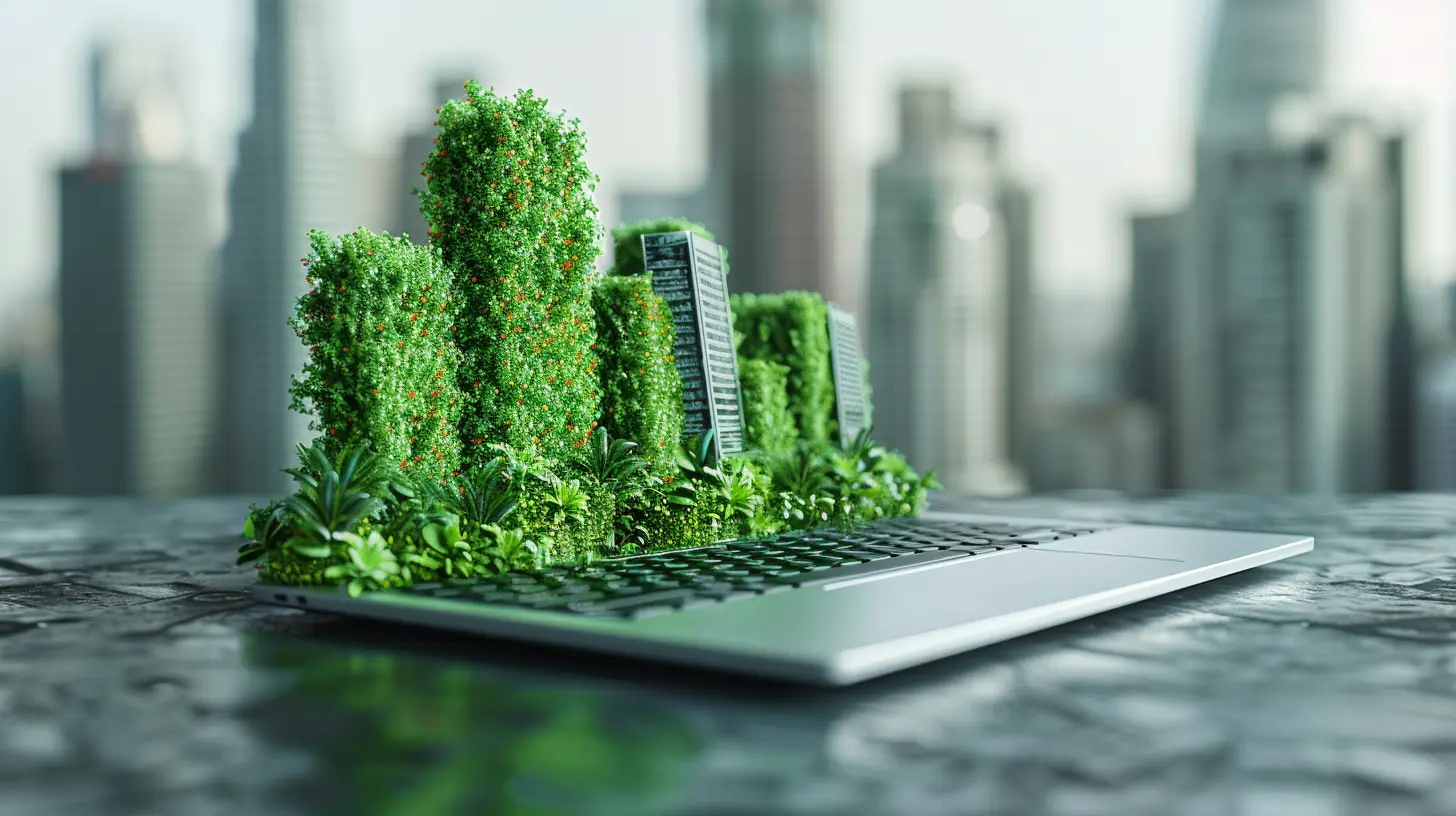
Why Energy Efficiency Matters
First off, let’s break down why energy efficiency is such a big deal. It’s not just about saving a few dollars on your electricity bill, although that’s a nice bonus. The truth is, every device we use, from our smartphones to our laptops, has an environmental impact. The more energy a device consumes, the more resources are used to generate that electricity. And guess what? A lot of that energy still comes from non-renewable sources like coal and natural gas, which contribute to greenhouse gas emissions.By choosing energy-efficient laptops, you're not only saving money but also reducing the environmental damage caused by energy production. Think of it as a small step you can take to help fight climate change. It’s like trading in your gas-guzzling SUV for a hybrid car—small changes can add up to make a big difference.
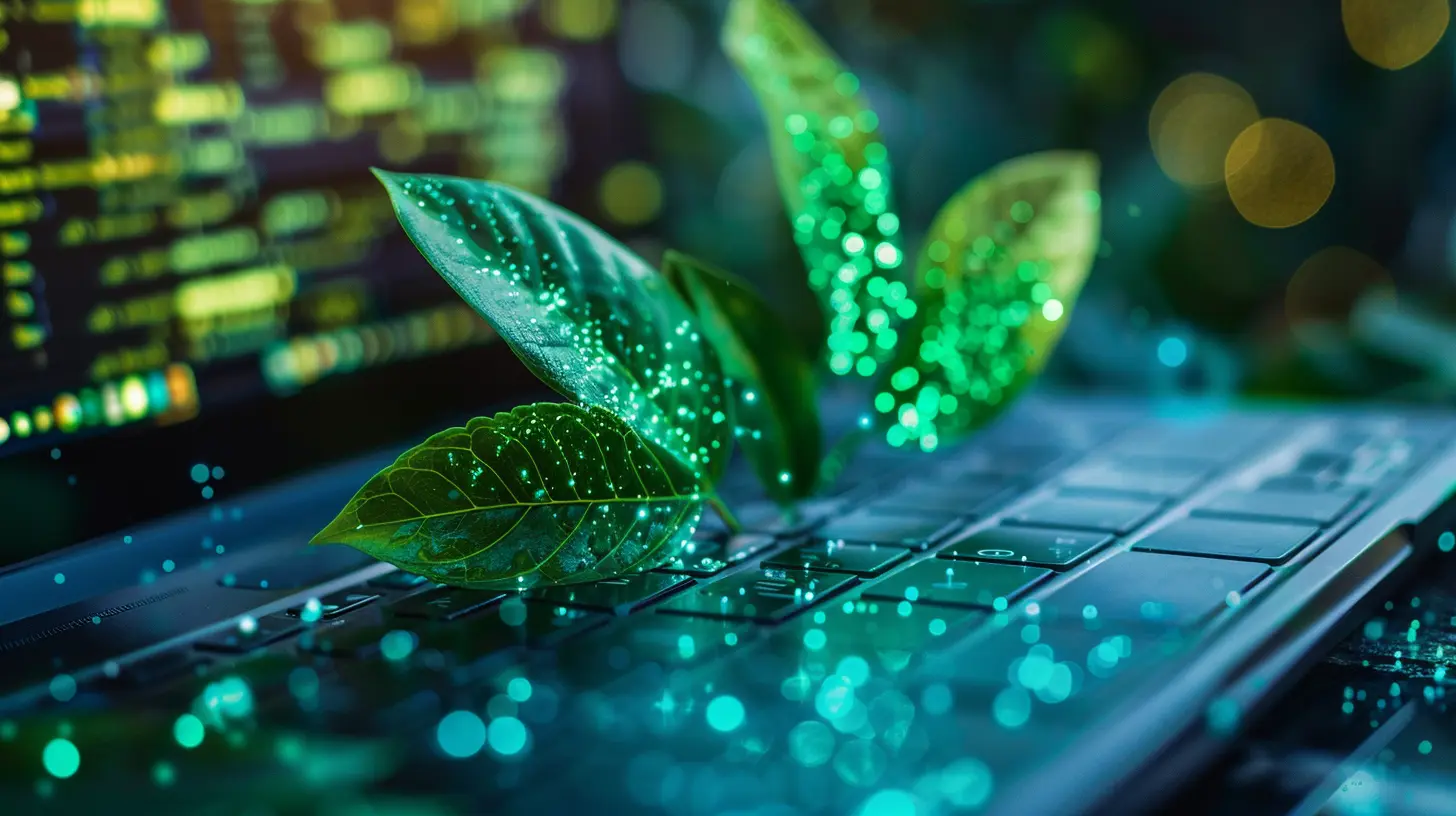
What Makes a Laptop Energy-Efficient?
Now, you're probably wondering: what exactly makes a laptop energy-efficient? Is it just a buzzword, or is there some real substance behind it? Well, it’s not just marketing hype—there are several factors that come into play.Here are some key features of energy-efficient laptops:
1. Low-Power CPUs and GPUs
The central processing unit (CPU) and graphics processing unit (GPU) are the heart and soul of any laptop, but they also consume the most power. Energy-efficient laptops are equipped with low-power versions of these components. You might see terms like "Ultra-low power" or "Energy-efficient architecture" thrown around. These CPUs and GPUs are designed to use less energy while still delivering enough performance for most tasks.For example, Intel’s U-series processors or AMD’s Ryzen U-series are commonly found in energy-efficient laptops. They strike a balance between performance and power consumption, making them a great choice for everyday users who don’t need a ton of raw computing power.
2. Long Battery Life
Energy-efficient laptops come with batteries that are optimized for longer life. This doesn’t just mean cramming a massive battery into the laptop—it’s about making the device use less power, so the battery lasts longer. A laptop that can last for 10-12 hours on a single charge is not only more convenient but also more energy-efficient because it requires fewer charging cycles.3. Energy-Saving Displays
The display is often one of the biggest power consumers in a laptop. To combat this, many energy-efficient laptops use LED-backlit displays, which are more efficient than older LCDs. Some even go a step further and include OLED panels, which can turn off individual pixels when displaying black, saving even more energy.Additionally, many laptops come with automatic brightness adjustments or power-saving modes that dim the screen when you’re not actively using it. It’s like having a smart light that only brightens up when you need it!
4. Solid-State Drives (SSDs)
If you’re still using a laptop with a traditional hard drive, it’s time for an upgrade. Solid-state drives (SSDs) are not only faster but also more energy-efficient. They use less power because there are no moving parts, unlike the spinning disks inside a hard drive. Imagine switching from an old school record player to a sleek MP3 player—same idea!5. Efficient Power Management
Many laptops come with advanced power management features that allow you to control how much energy the laptop consumes. For instance, you can switch between different performance modes, such as “Battery Saver” or “Performance Mode,” depending on your needs. When you’re just browsing the web or writing emails, you can dial back the performance and save energy. But when you’re gaming or editing videos, you can crank it up.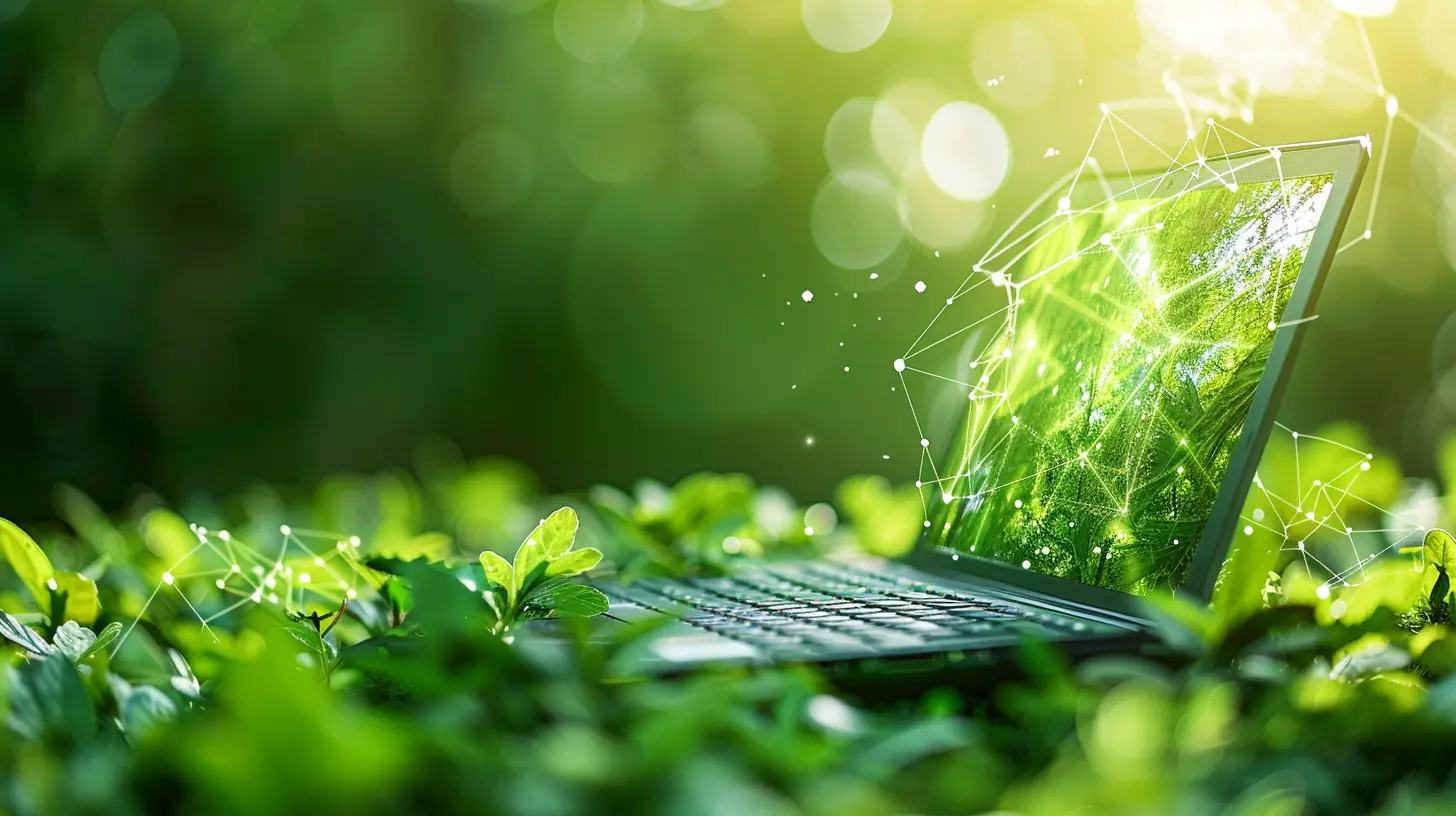
The Environmental Impact of Energy-Efficient Laptops
Alright, so energy-efficient laptops sound great. But how much of a difference do they actually make for the environment?Let’s run some numbers. According to the U.S. Department of Energy, energy-efficient laptops can save about 20-50% of the energy compared to traditional models. Over the course of a year, that could translate to saving dozens of kilowatt-hours (kWh) of electricity. For perspective, one kWh of electricity produces roughly 0.92 pounds of CO2 in the U.S. That might not sound like much, but multiply that by the millions of laptops in use worldwide, and it adds up to a significant reduction in carbon emissions.
But it’s not just about electricity consumption. Energy-efficient laptops often have a longer lifespan, meaning fewer devices end up in landfills. The manufacturing process for electronics is resource-intensive, so the longer you use your laptop, the less frequently new ones need to be produced. It’s like reducing waste by reusing a water bottle instead of buying a new plastic one every day.
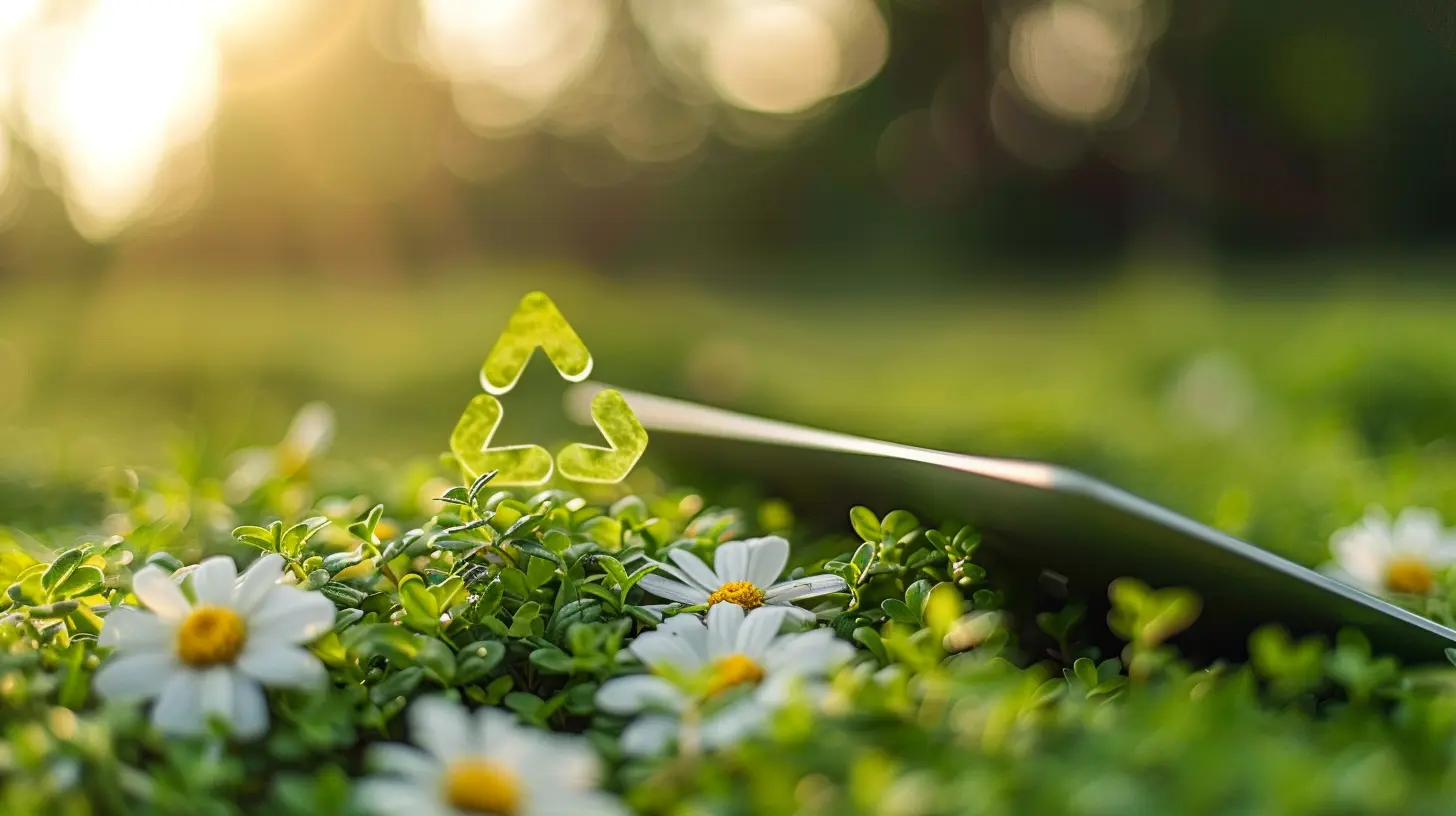
What To Look For When Buying an Energy-Efficient Laptop
So, you’re convinced—energy-efficient laptops are where it’s at. But how do you choose the right one? Here are a few things to keep in mind:1. Check for Energy Certifications
Look for certifications like ENERGY STAR or EPEAT (Electronic Product Environmental Assessment Tool). These certifications ensure that the laptop meets specific energy efficiency standards. It’s like getting a seal of approval from the energy police!2. Consider Performance Needs
While energy-efficient laptops are great for everyday tasks, they may not be the best choice for power-hungry applications like video editing or 3D rendering. Think about what you’ll be using the laptop for. If you’re mostly browsing the web, streaming videos, or working on documents, an energy-efficient model will be perfect. But if you need heavy-duty performance, you might have to balance energy efficiency with raw power.3. Look for Efficient Cooling Systems
Laptops can get hot, especially when you’re pushing them to their limits. The cooling system plays a big role in how energy-efficient a laptop is. Some models use fanless designs, which rely on passive cooling to reduce energy consumption. Others have advanced fan systems that kick in only when needed. Either way, a good cooling system can help your laptop stay energy-efficient even under load.4. Battery Size and Charging Speed
A larger battery doesn’t necessarily mean better energy efficiency, but it can help your laptop last longer between charges. Additionally, look for laptops that support fast charging. This way, you can top up your battery quickly without wasting a lot of energy.5. Durability and Upgradeability
An energy-efficient laptop that lasts longer is better for the environment. Look for laptops with durable designs and those that allow for easy upgrades (like adding more RAM or storage). This way, you won’t need to replace the entire device after just a few years.The Future of Energy-Efficient Laptops
Energy-efficient laptops are already making an impact, but the future looks even brighter. With advancements in battery technology, processors, and displays, we can expect laptops to become even more energy-efficient in the coming years. Manufacturers are also exploring the use of more sustainable materials in their designs, which will further reduce the environmental impact of these devices.Imagine a world where your laptop not only consumes minimal energy but is also made from recycled materials and runs on renewable energy. It might sound like science fiction, but we’re already heading in that direction. Companies like Dell, Apple, and HP are investing in sustainable tech, and it’s only a matter of time before energy-efficient laptops become the norm rather than the exception.
Conclusion: Power Without Sacrifice
At the end of the day, it’s clear that energy-efficient laptops offer a perfect balance between performance and eco-friendliness. They’re designed to consume less power, last longer, and reduce your carbon footprint—all without sacrificing the features you love. So, if you’re in the market for a new laptop, why not consider an energy-efficient model? It’s a small change that can make a big difference for both your wallet and the planet.And let’s be real, who wouldn’t want a laptop that keeps up with their busy life while also helping save the world? It's like having your cake and eating it too—except this cake is powered by cutting-edge technology, and it’s a whole lot better for the environment.
all images in this post were generated using AI tools
Category:
Sustainable TechAuthor:

Kira Sanders
Discussion
rate this article
1 comments
Uma Smith
In a world increasingly focused on sustainability, energy-efficient laptops are not just a luxury but a necessity. They deliver powerful performance while significantly reducing carbon footprints, proving that innovation can coexist with environmental responsibility. It's time to embrace the future of tech.
August 24, 2025 at 8:43 PM

Kira Sanders
Thank you for highlighting the importance of energy-efficient laptops! They're crucial for balancing performance with environmental responsibility, paving the way for a sustainable tech future.
